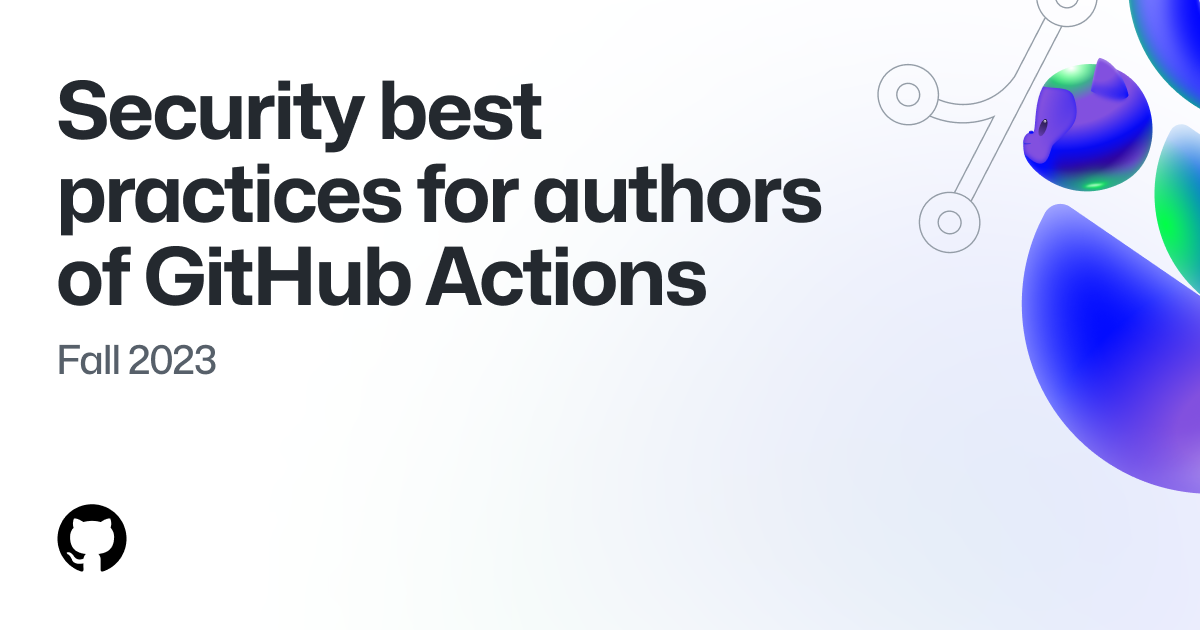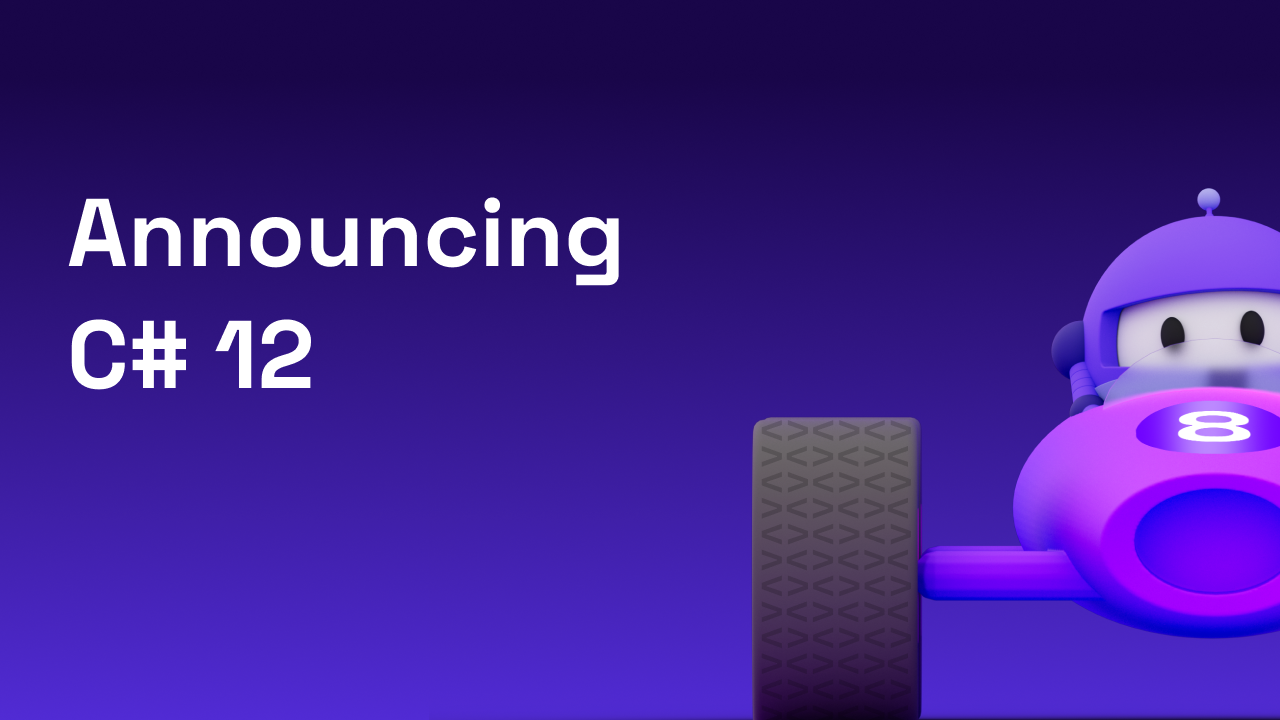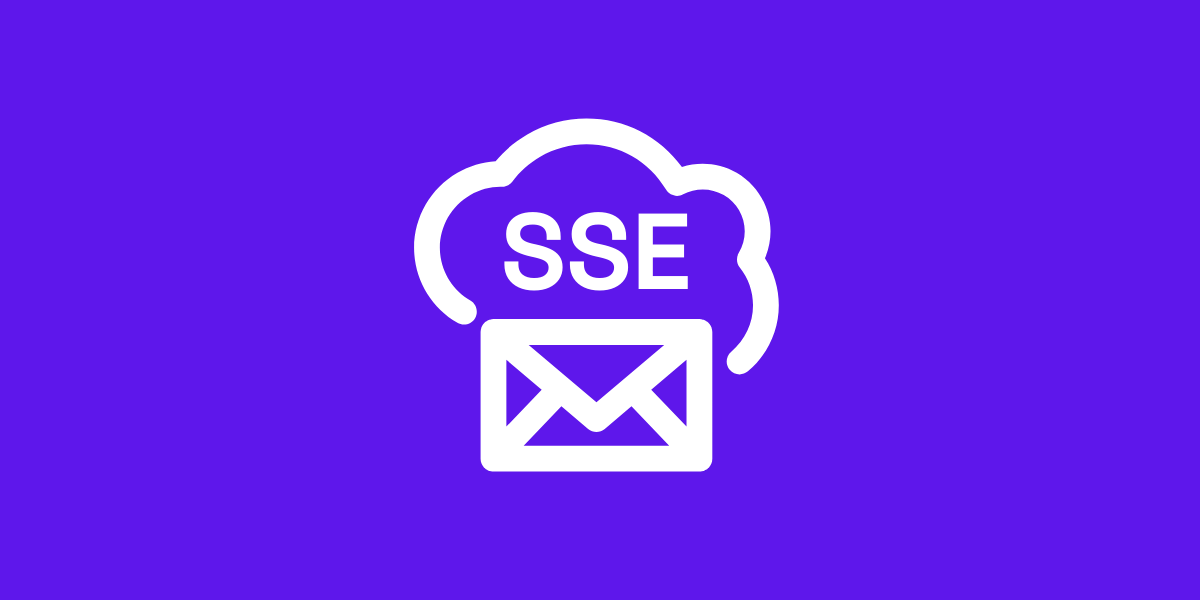- MindByte Weekly Pulse: Weekly IT Insights: Quick GitHub, Azure, & .NET Updates
- Posts
- MindByte Issue #50: Security and Innovation in GitHub Actions
MindByte Issue #50: Security and Innovation in GitHub Actions
Exploring the Complexities of GitHub Actions Security, Cutting-Edge .NET Features, and Azure's Cost-Saving Strategies
Welcome to this edition of my MindByte weekly pulse! Get ready to explore cutting-edge technology trends and insights.
Pulse of the week
This week, our focus is on the dynamic yet intricate realm of GitHub Actions.
While offering a vast array of functionalities that revolutionize software development workflows, GitHub Actions also brings forth a complex challenge: ensuring robust security. Balancing its extensive capabilities with the necessity of stringent security measures remains a pivotal aspect for developers.
As GitHub Actions continues to evolve, mastering its security intricacies is as crucial as leveraging its functionalities for innovation.
GitHub Digest
Elevating Security in GitHub Actions: Essential Insights for Developers
Discover the latest strategies for securing GitHub Actions in a compelling article recently released on GitHub's blog. Authored by Matthew Manning, whom I spoke to at GitHub Universe, this piece is a treasure trove of insights for both authors and users of GitHub Actions.
My colleague Jesse Houwing also wrote some interesting and actionable guidance for GitHub Actions.
Rob Bos, an expert on GitHub and security, describes the risks and countermeasures of using GitHub Actions.
Recently announced content exclusion feature rolled back
The GitHub team recently faced a setback with the Copilot content exclusions feature. Introduced on November 8, 2023, the feature was quickly rolled back due to unexpected issues causing clients to be incorrectly blocked from using Copilot.
This was attributed to errors related to how content exclusion policies were fetched from the client. The engineering team is actively working on resolving these issues, ensuring more robust verifications on both the server and client sides.
They are proceeding cautiously with the reintroduction of this feature, aiming for a re-deployment in the coming weeks, while customers with existing content exclusions configurations remain unaffected
"For Good First Issue": Spearheading Social Impact through Open Source Collaboration
"For Good First Issue" is GitHub's innovative initiative to bridge the gap between open source developers and digital public goods (DPGs).
This curated list of open-source projects aims to support the United Nations' sustainable development goals by addressing global challenges such as poverty, health, education, and climate change.
It offers a platform for developers to contribute to projects with a significant social impact, allowing them to choose issues based on their interests and expertise. This initiative addresses the challenge of connecting developers with meaningful projects and empowers them to use their skills for a more significant cause.
Coding Corner
Persistent Challenges in Safeguarding Credentials in Public Code Repositories
Despite continuous reminders and warnings, a significant number of developers persist in embedding sensitive credentials into publicly accessible code.
This profoundly entrenched issue, stemming from immature coding practices, exposes cryptographic keys, security tokens, passwords, and other credentials, creating substantial security risks.
Notably, the lapse has led to severe consequences, as seen in the 2015 Uber incident, where sensitive data of 50,000 drivers was compromised due to embedded keys in public GitHub code.
Recent findings from GitGuardian reveal nearly 4,000 unique secrets in 450,000 Python projects, indicating that this negligence continues unabated. The exposed credentials range widely, including API keys, database credentials, and SSH credentials.
Despite available secure alternatives like .env files and cloud secret managers, exposing credentials in code remains alarmingly common, underscoring a critical need for heightened security awareness and practices among developers.
Integration OpenAI with Azure Functions
With this new extension, you can easily integrate OpenAI as a binding. You can perform text completions like the one shown below.
[FunctionName(nameof(WhoIs))]
public static string WhoIs(
[HttpTrigger(AuthorizationLevel.Function, Route = "whois/{name}")] HttpRequest req,
[TextCompletion("Who is {name}?")] CompletionCreateResponse response)
{
return response.Choices[0].Text;
}Combine this extension with Durable Functions to build AI-powered chat bots, which can be long-running.
Azure Updates & Insights
Azure's New Hibernation Feature: Revolutionizing VM Cost Management
Azure introduces a game-changing feature for reducing compute costs: the ability to hibernate Virtual Machines (VMs).
This functionality, now in public preview, allows users to pause their VMs, effectively deallocating the machine while preserving its in-memory state.

The preview feature needs to be registered and the option only applies on new VMs
During hibernation, compute costs are eliminated, with charges applying only to storage and networking resources. Additionally, Azure Virtual Desktop now supports this hibernation capability, offering more flexibility in managing virtual desktop infrastructure.
The hibernation feature is available for General Purpose Intel and AMD VM Sizes and supports both Linux and Windows Operating Systems. Users can access hibernation across all public regions through various interfaces like Azure Portal, PowerShell, CLI, and more.
.NET Nook
Unveiling C# 12: Enhanced Productivity and Advanced Features
C# 12, now available with the release of .NET 8, ushers in an era of enhanced developer productivity, simplified syntax, and faster execution. This update introduces several notable features:
Collection Expressions: Offering a unified syntax for creating collections, making the code simpler and more efficient by optimizing collection capacity and reducing data copying.
Extended Primary Constructors: These constructors now work with all classes and structs, not just records, allowing the definition of constructor parameters directly in the class declaration.
Default Parameters in Lambda Expressions: Simplifying lambda expressions by allowing default parameters.
ref readonlyParameters and Inline Arrays: Enhancing performance and memory management in applications.Experimental Features with
ExperimentalAttribute: This new attribute clarifies the experimental status of features and implementations in .NET and C#.Interceptors for Method Calls: Allowing redirection and optimization of method calls for specific parameters, replacing less efficient generalized methods.
These advancements in C# 12 aim to streamline coding processes, boost efficiency, and open new possibilities for developers working with the latest .NET framework.
Mastering Server-Sent Events in .NET: Streamlining Real-Time HTTP Communication
Server-Sent Events (SSE) offer an elegant HTTP-based server push mechanism, particularly beneficial for real-time applications like ChatGPT.
Unlike Long Polling, SSE maintains an open HTTP connection, writing new information directly to the buffer, making it ideal for high-frequency updates. Implementing SSE in .NET involves specific configurations to overcome challenges like request timeouts, server caching, and browser connection limits.

The article provides a comprehensive guide to creating an SSE endpoint in .NET, including handling response headers, message formats, and client-side implementation using the EventSource API.
.NET 8 Simplifies Asynchronous Programming with Enhanced ConfigureAwait
.NET 8 introduces a significant overhaul of the ConfigureAwait mechanism, potentially simplifying the complexity traditionally associated with asynchronous programming.
The new ConfigureAwait(ConfigureAwaitOptions) offers advanced options like ContinueOnCapturedContext, SuppressThrowing, and ForceYielding, providing developers with more control and potentially reducing the intricacies of managing task continuations.
This enhancement reflects a stride towards a more streamlined and flexible approach to handling asynchronous operations in .NET.
Closing Thoughts
Thank you for joining me through the latest tech trends and developments. If you haven't already, I invite you to subscribe and become a regular part of our community.
I also encourage you to share your thoughts and reactions with me – your insights are invaluable in shaping our discussions.
Until next time, keep innovating and exploring the vast possibilities of technology.









Join the conversation